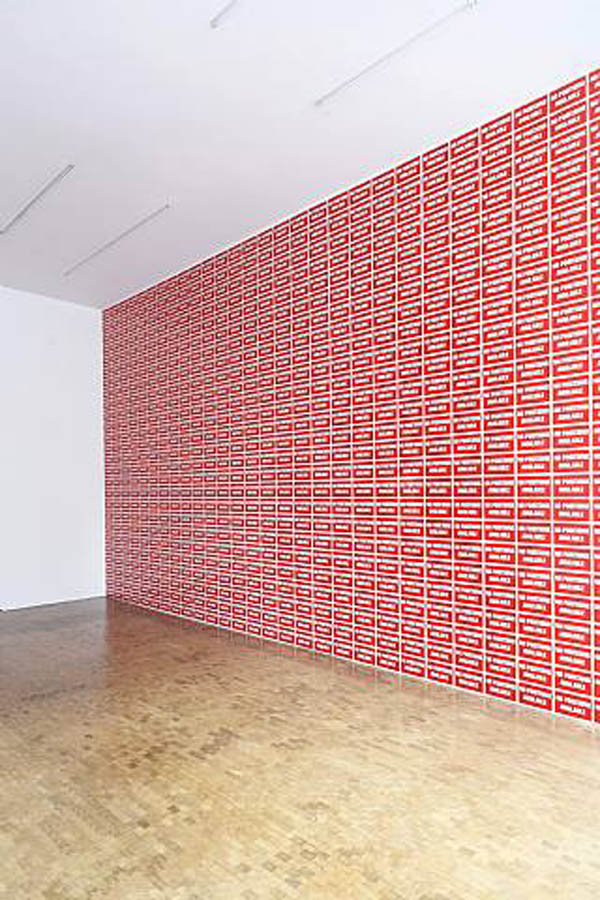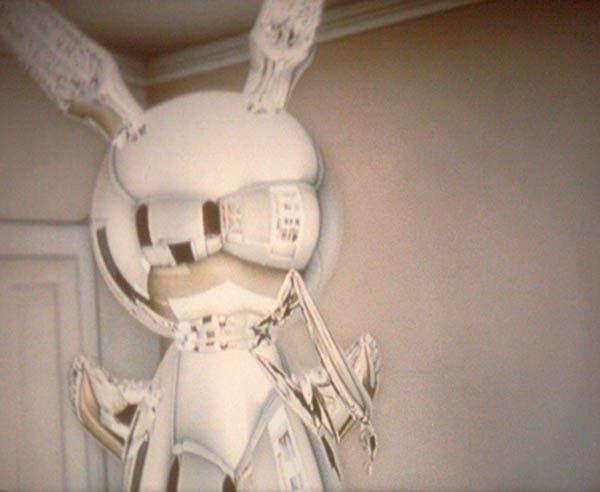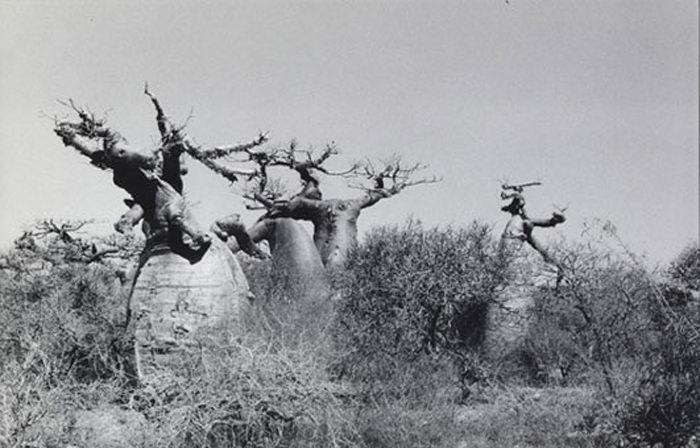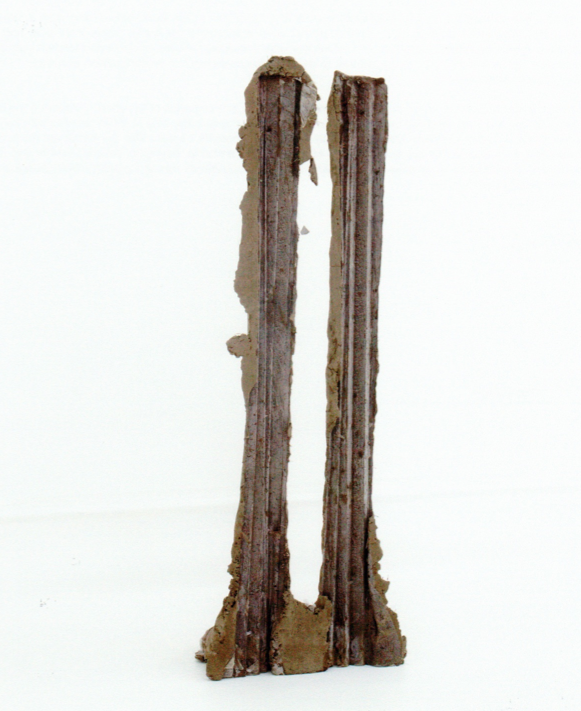A vehicle with no Lights
2004 - Installation (Installation)
120 x 120 cm
Ryan Gander
A vehicle without light is a group of more personal photographs. This includes an image of a pirate radio in the 1960s, a story from the BBC website and the photo of Mary Aurore. Mary Aurore, is in fact a character he invented whose identity is impossible to determine but who appears in various works. Each photograph contributes to a cartography of clues. Each title also builds on the associations and complementaries between the works.
Ryan Gander’s practice explores what-ifs, questioning the structural limits and rules of society and being. His work, which ranges from installations, sculptures and photographs, to performative lectures, publications, inventions and intervention, looks at the production of art and culture, to enquire into the processes through which art is perceived and valued. The spirit of his practice centers on development, education, and storytelling, hoping to evoke immediate and honest engagements by the viewer with his narratives. Gander is a collector. His studio is filled with found images, personal images, printed documents and newspaper clippings.
Colors:
Related works of genres: » english contemporary artists

© » KADIST
Ceal Floyer
2007NO POSITIONS AVAILABLE is composed of panels covering the entire wall of the gallery exemplifying one of the tendencies of the artist...

© » KADIST
Ian Breakwell
2008“BC/AD” (Before Cancer, After Diagnoses) is a video of photographs of the artist’s face dating from early childhood to the month before he died, accompanied by the last diary entries he wrote from April 2004 to July 2005 (entitled “50 Reasons for Getting Out of Bed”), from the period from when he lost his voice, thinking he had laryngitis, through the moment he was diagnosed with lung cancer and the subsequent treatment that was ultimately, ineffective...

© » KADIST
Mark Leckey
2004In Made In Heaven , we are face to face with a sculptural apparition, a divine visitation in the artist’s studio...

© » KADIST
Jeremy Deller
2012Beyond the White Walls , with a commentary written and spoken by Jeremy Deller, is often wryly amusing...

© » KADIST
Tacita Dean
2001The photographic quality of the film Baobab is not only the result of a highly sophisticated use of black and white and light, but also of the way in which each tree is characterized as an individual, creating in the end a series of portraits...


